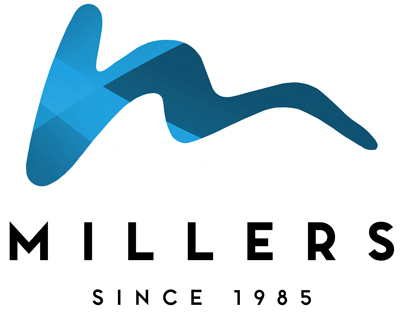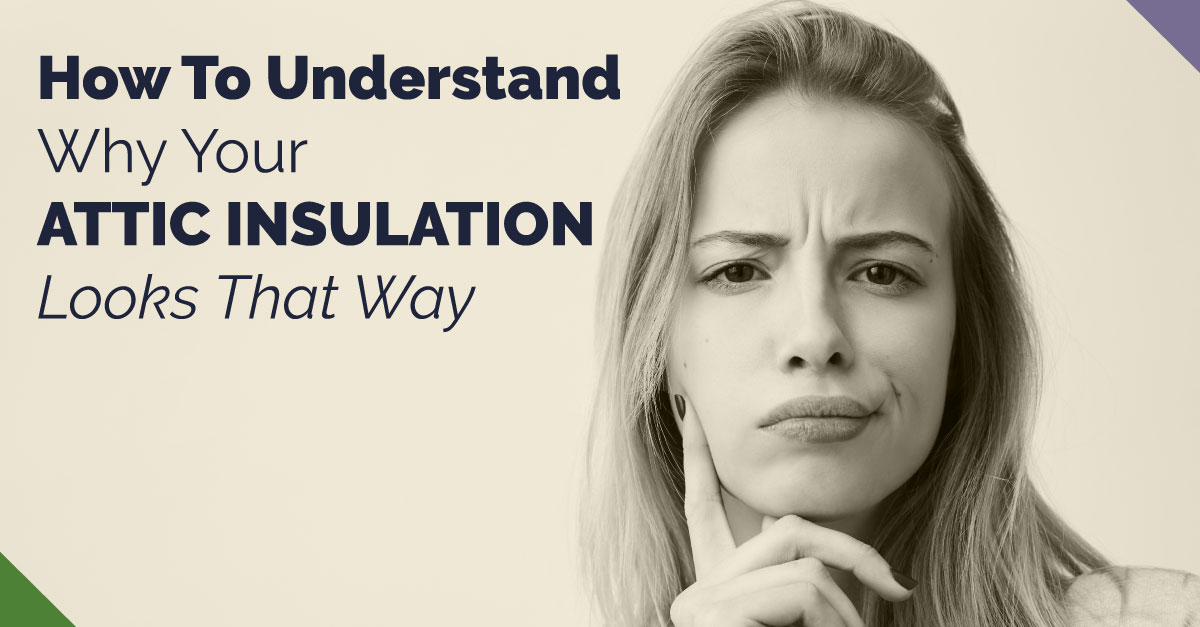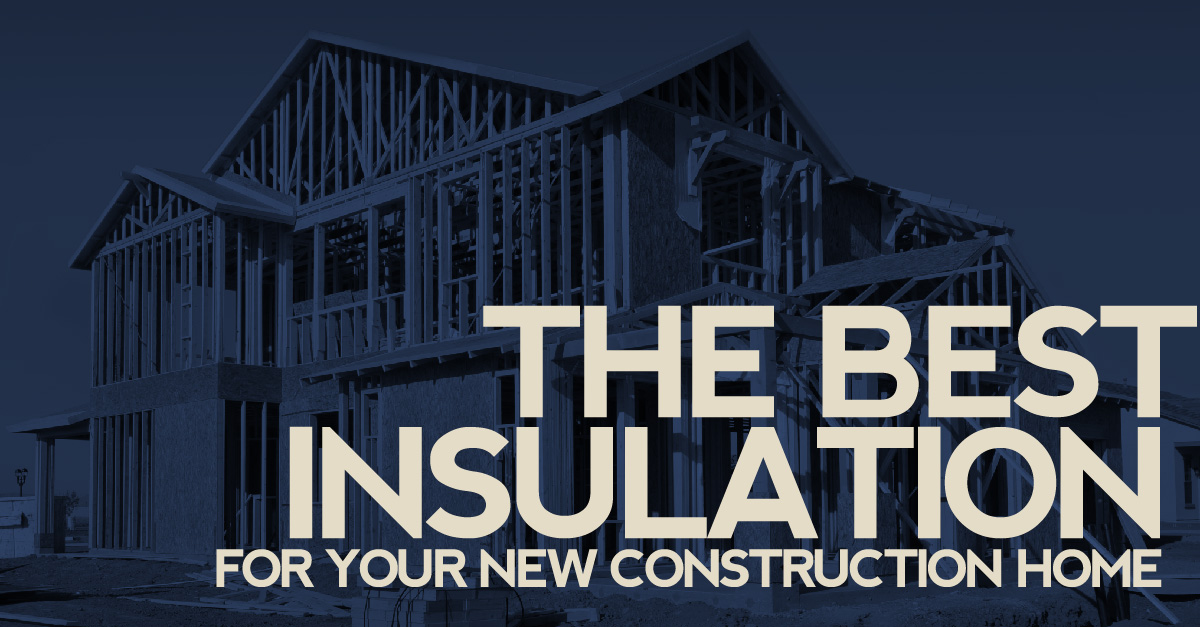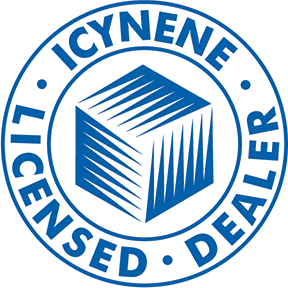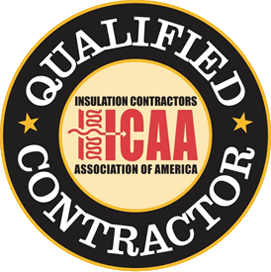
Most articles on insulation focus only on attics. Since most homeowners cannot easily insulate their home’s walls themselves as a weekend project, the walls seldom get a mention. When you leave the insulation in the hands of trained professionals, though, you get the complete instructions.
R-Value
The term “R-value” refers to “resistance value,” meaning “resistance to conduction of heat. Heat moves in one of three ways:
- Conduction
- Convection
- Radiation
In homes, heat escapes your home in winter primarily by conduction (transfer within solids). Some heat is lost by convection (transfer within the air). The higher an R-value, the more resistant the material is to allowing heat to transfer. The U.S. Department of Energy recommends these R-values for Albuquerque:
- In an uninsulated attic, add R-49 to R-60
- In an insulated attic with an existing 3-4 inches of insulation, add R-38 to R-49
- In floors and crawlspaces, add R-25 to R-30
- In insulated walls, verify that they benefit from at least R-13 insulation. If your home lacks this and you are doing remodeling, use this opportunity to add insulation before installing fresh drywall.
That is a lot to keep clear in your mind. Your best option for balancing expense (the cost of insulation and installation) and savings (lower energy bills) is to engage a professional insulation company.
Insulation for Walls
Insulating walls in your existing home is necessarily an invasive process, but a vitally important one. If your Albuquerque home’s walls lack insulation or are under-insulated, you may as well stand on your front porch burning $20 bills.
Blown in fiberglass insulation — a loose fill, not the paper-backed batts you find at home improvement stores — can be pumped into holes cut into your walls. This is not an amateur’s task. You need holes between every pair of studs (every 16″ typically) near the top of every wall. The trained professional, equipped with heavy-duty equipment, can drill the holes and pump in the insulation in short order.
Insulation for Attics
Insulating attics is a far easier and less messy affair for trained crews than dealing with underinsulated walls. Here the preferred insulation is blown in fiberglass insulation. It is inexpensive compared to other choices, reaches throughout your attic when properly installed, and uses far fewer unpleasant chemicals than insulation of years ago.
Blown-in fiberglass will not settle, migrate, or stir up dust in your home. It forms a bountiful, beautiful fluffy layer which traps air in its millions of air pockets, preventing heat transfer either from outside in or from inside your home out. This saves you money with every cycle of your central air conditioner or furnace.
Modern blown-in fiberglass insulation is roughly 50 percent recycled glass. It uses no formaldehyde or other chemical additives. It leaves no characteristic “new home” smell (which in reality is really just volatile chemicals).
Insulation Professionals
Whenever you select a part of your home for insulation improvements, rely only on trusted, local insulation specialists. They have the equipment, know the products, and deploy the highly trained professionals needed to install insulation correctly.
Using insulation professionals, you avoid concerns about energy-robbing gaps in insulation, expanding foams which never set, or blown-in insulation which does not quite blow into all the nooks and crannies.
For fast, efficient insulation service, turn to Millers. We can advise you on the best options for your unique situation. We can help with existing homes or new construction in and around Albuquerque. Contact us today!
